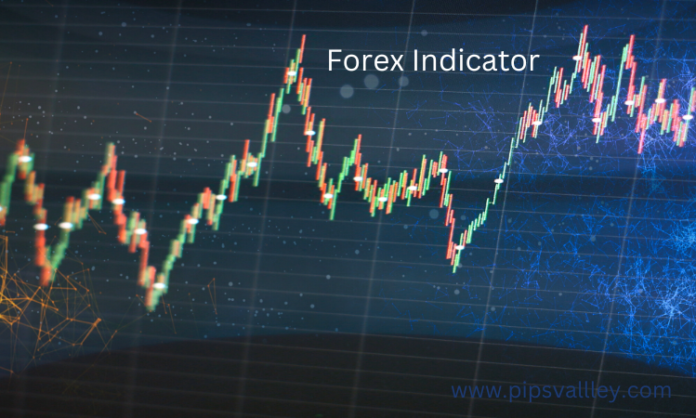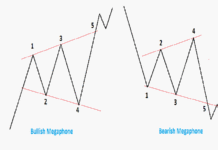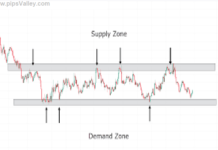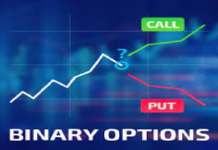
Forex trading indicators are mathematical calculations that are used to analyze past and current price information and help traders predict future price movement. Some common indicators used in Forex trading include moving averages, relative strength index (RSI), and the Fibonacci retracement tool.
These indicators can be used in combination with other technical analysis tools, such as chart patterns, to make trading decisions. However, it’s important to note that indicators are not a guarantee of future performance and should be used in conjunction with other forms of market analysis.
Moving Averages: Used to smooth out price action and indicate trends by displaying the average price of a currency pair over a specific period of time.
Relative Strength Index (RSI): A momentum indicator that compares the magnitude of recent gains to recent losses to determine overbought and oversold conditions.
Bollinger Bands: A volatility indicator that consists of a moving average and two standard deviations, used to indicate potential buy and sell opportunities.
Stochastic Oscillator: A momentum indicator that compares a currency pair’s closing price to its price range over a given period of time.
Fibonacci retracement: A technical analysis tool that uses horizontal lines to indicate areas of support or resistance at the key Fibonacci levels before the price continues its original direction.
Related Articles:
Trend Line as Forex Trading Indicator.
All about Forex indicator Stochastic Oscillator
Money Flow Index (MFI) Shows Increasing Selling Pressure, Hinting at Bearish Trend in the Market




























